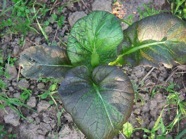
Mi-Mu
MILTOMATO
There ‘s a difference between miltomato (Miltomato loco) and miltomato vallisto, the plants have other forms and colour of leaves, and the taste of the small black berries is very different, miltomato vallisto tastes so much sweeter and better than the miltomato. Both plants are very easy to grow, they have a weedy habit, so take care (and these plants could be confused with the wild black nightshade, especially when young. The miltomato has roots that can survive mild winters (similar to jaltomato) . Both plants are however very easy to sow and cultivate, and there’s an abundance of berries on them, especially on the vallisto (who has a more spreading growing habit).
The top picture is miltomato, the bottom picture is miltomato vallisto.
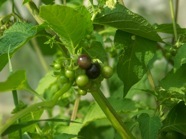
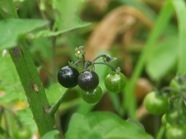
MINT
Some people have collected all sorts of mint, and the result is quite surprising, some collections have over 300 different mint tastes, from chocolate mint to peppermint, pineapple mint, eau de cologne, and so on. Mint has been cultivated from different wild species (mentha piperita is probably the one that provided is with the most-known species, but also mentha aquatica, mentha spicata, ..have lots of cultivars. Mint is straightforward to grow, just give it a fairly moist place and it will thrive, even too much (some people consider this as a serious pest), a bit of sun helps as well. Mint is mostly used for tea or oil, or other sorts of flavouring.
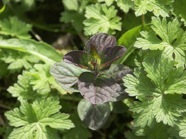
MINUTINA
Or buck’s horn plantain (plantago coronopsis). The young leaves are used in salads, but they have a somewhat bitter taste. When cooked, they loose part of their bitterness. They are one of the easiest plants to grow, and require a bit of attention, because they tend to reseed .
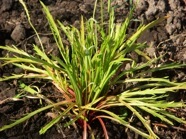
MITSUBA
Or Japanese parsley (Cryptotaenia japonica). This name says it all, mitsuba is used as a parsley, leaves have a taste that’s more cellery-parsley like, stems have the same use. There’s also a more rare red variety.
The most common use for the plants is blanching the young shoots, and eating these raw (these shoots have a milder taste compared to the greener , older parts). Mitsuba is adapted to growing in our climate, just give them a moist place, they will thrive even in a semi-shaded spot.
In her marvelous book ‘oriental vegetables’ Joy Larkcom describes two different strains: kansai, mainly used for green mitsuba; and kanto, mainly used for blanching and perennial culture. I’ve never seen these offered in Europe, but I would love to try them, I don’t even know if I have my variety is kansai or kanto...

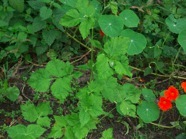
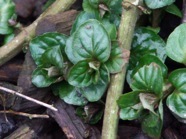

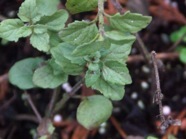
MUSTARD
Mustards have been mainly selected in China, many varieties with edible leaves exist, these are great for stir-frying , salads, or just boiling (the sharp taste disappears a bit during boiling).
Most cultivars have sharp tasting leaves, there are some with milder leaves.
Mustards are best sown in september, otherwise they will bolt too soon. Some of them are perfectly winter-hardy over here, others need some protection.


